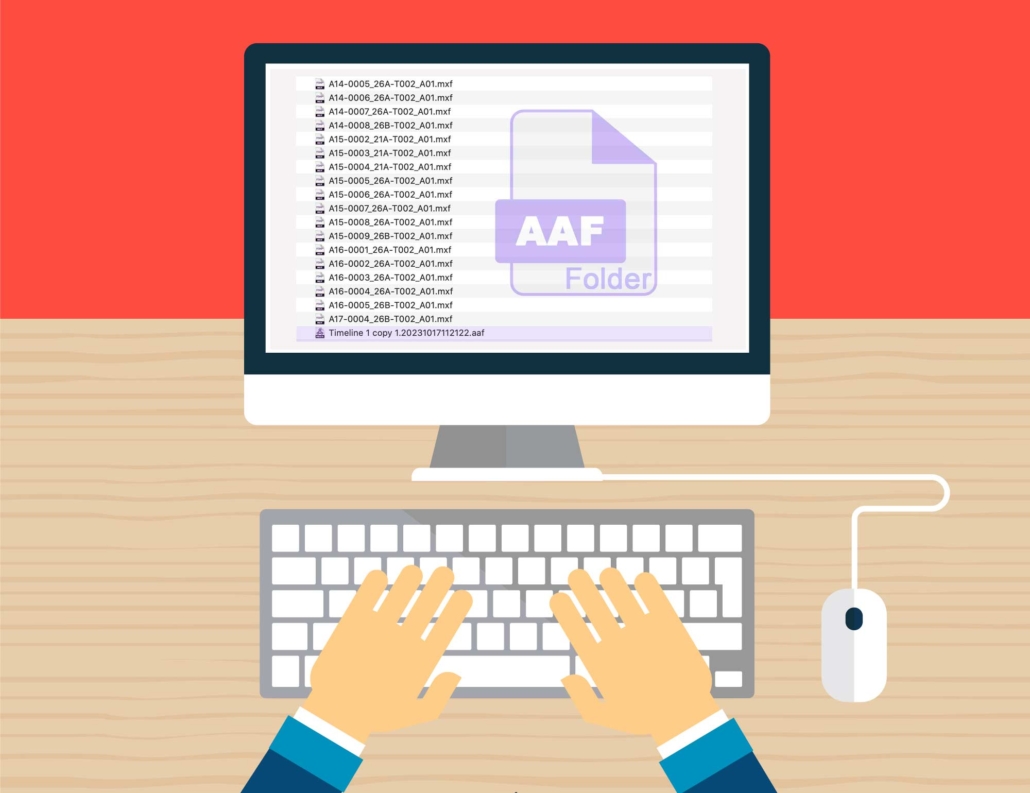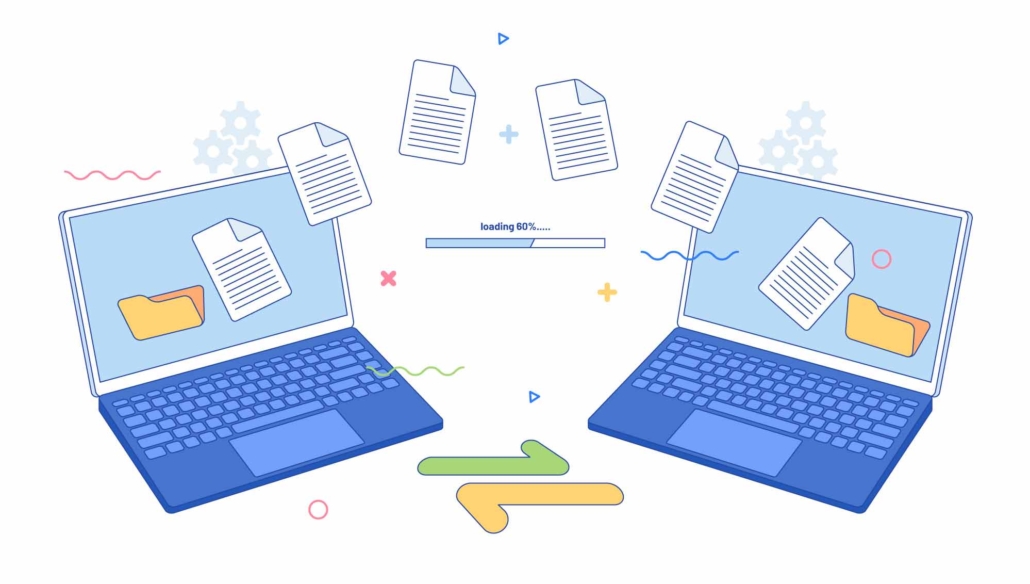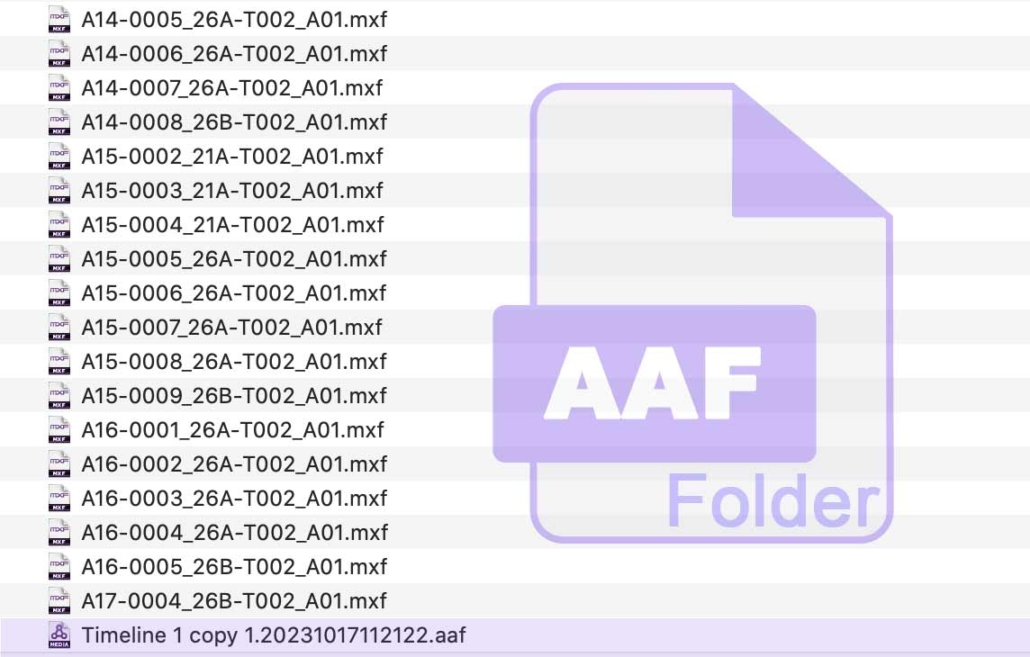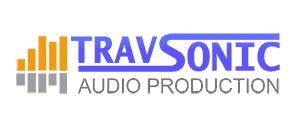What is AAF in Audio Production? Everything You Need to Know
 An AAF (Advanced Authoring Format) file is an indispensable tool in the realm of audio post-production. This file format is specifically designed to streamline the transfer of audio projects between different digital audio workstations (DAWs) and other post-production software such as Adobe Premiere, DaVinci Resolve, and Final Cut.
An AAF (Advanced Authoring Format) file is an indispensable tool in the realm of audio post-production. This file format is specifically designed to streamline the transfer of audio projects between different digital audio workstations (DAWs) and other post-production software such as Adobe Premiere, DaVinci Resolve, and Final Cut.
The AAF file format can be considered the predecessor of the OMF file format, which was initially more restricted in terms of its capabilities. As technology evolved, the AAF format emerged with enhanced features and functionalities.
Serving as a bridge, allowing to seamlessly collaborate on projects
In the fast-paced world of audio production, collaboration is key. However, compatibility issues can often hinder the seamless exchange of files between different software and platforms. This is where AAF (Advanced Authoring Format) files come to the rescue.
AAF files serve as a bridge, allowing audio professionals to work together on projects without worrying about compatibility problems. With AAF, you can easily share and transfer audio files across various digital audio workstations (DAWs) and editing systems. This means that whether you’re using Pro Tools, Logic Pro, or any other industry-standard software, you can collaborate with ease. You can think of it as a universal language that all audio and video programs can understand.
Gone are the days of painstakingly exporting and importing audio files as stems in different formats, only to find that certain elements get lost in translation. AAF ensures that all aspects of your project – from automation to track arrangements and metadata – remain intact throughout the collaboration process.
Speed and Versatility are Key
 Not only does AAF save time and effort by eliminating the need for file conversions, but it also enhances productivity by allowing multiple professionals to work on different aspects of a project simultaneously. With AAF’s ability to preserve edits and changes made by each collaborator, everyone can contribute their expertise without fear of losing valuable progress.
Not only does AAF save time and effort by eliminating the need for file conversions, but it also enhances productivity by allowing multiple professionals to work on different aspects of a project simultaneously. With AAF’s ability to preserve edits and changes made by each collaborator, everyone can contribute their expertise without fear of losing valuable progress.
Furthermore, AAF files are not limited to just audio; they can also include video and image elements. This makes them an ideal choice for multimedia projects where seamless integration between different media types is crucial.
Whether you’re working on music production, film scoring, or any other form of audio creation, the AAF file format ensures that all your hard work and intricate details are preserved during the transfer process. It provides a reliable way to exchange project data including audio clips, edits, effects, and metadata between different software platforms.
Retaining Session Data
One of the key advantages of using AAF files is its ability to retain some session information such as track layouts, automation data, and plug-in settings. This means that when you share an AAF file with another user or open it in different programs. Each DAW has its own limitations when it comes to handling important AAF data. Therefore, it is crucial to refer to the software manual for more detailed information.
AAF files also support non-destructive editing capabilities. This means that even after transferring your project to another platform using an AAF file, you can still make changes and adjustments without compromising the original source material.
Understanding the Structure and Components of an AAF File
AAF file, structure, components, media files, metadata, timeline
1. AAF Container and Folder
At its core, the AAF file acts as a container that holds audio, video, and other related media files. This allows for easy sharing of projects between different software applications and operating systems. Encapsulating all the necessary elements within a single file or one folder simplifies collaboration between multiple team members working on the same project.
The file data can be embedded in one .aaf file or along with a folder containing .mxf files linking to the AAF template.
2. Metadata Structure
One of the key features of the AAF file format is its ability to store metadata. Metadata provides valuable information about each media element contained within the file. This includes details such as clip names, timecodes, source locations, effects applied, and much more. This wealth of information not only aids in organizing and categorizing media assets but also ensures accurate retrieval when needed.
3. Session Timeline, Settings and Automation
Furthermore, the AAF file format includes a timeline that allows editors to arrange their media files in a specific order. The timeline serves as a visual representation of how different clips are sequenced together to create a cohesive narrative or presentation. It enables precise editing control over transitions, effects placement, audio level adjustments, automation, and any other desired modifications.

What real-world applications utilize AAF files in audio post-production?
The Film Industry
One of the most significant real-world applications of AAF files is in the film industry. When working on a movie project with complex sound design and editing requirements, AAF allows different departments to work together seamlessly. Sound designers can easily import and export these files to collaborate with editors and mixers. This streamlined workflow ensures that every aspect of the audio is precisely synchronized with the visuals.
Television and Streaming Industry
Similarly, in the television industry, where tight deadlines are common, AAF files play a crucial role in simplifying post-production processes. They enable editors to work on different episodes simultaneously while maintaining consistency across the entire series. This level of efficiency saves time and resources while ensuring top-notch audio quality.
The Music Production Industry
Moreover, AAF files have found their place in music production as well. Musicians can use these files to exchange tracks with producers or mix engineers without any loss of quality or information. This collaborative approach allows artists to focus on their creativity while leaving technical aspects to professionals.
Overall, AAF files have revolutionized audio post-production by providing a standardized format for seamless collaboration across various industries. Their versatility and compatibility make them an essential tool for professionals seeking efficient workflows and exceptional results in their projects.
Conclusion
In conclusion, for professionals in audio production who value efficiency and collaboration, utilizing the power of AAF files is essential. By simplifying workflow processes and ensuring seamless compatibility across different software platforms, these files play a pivotal role in saving time and energy while maintaining the integrity of your creative endeavors.










